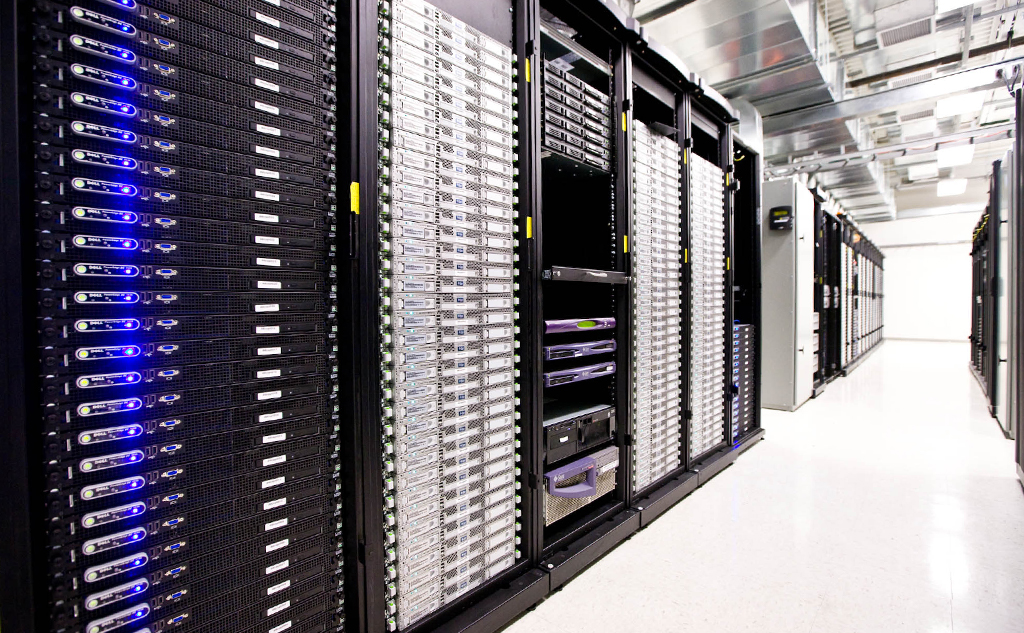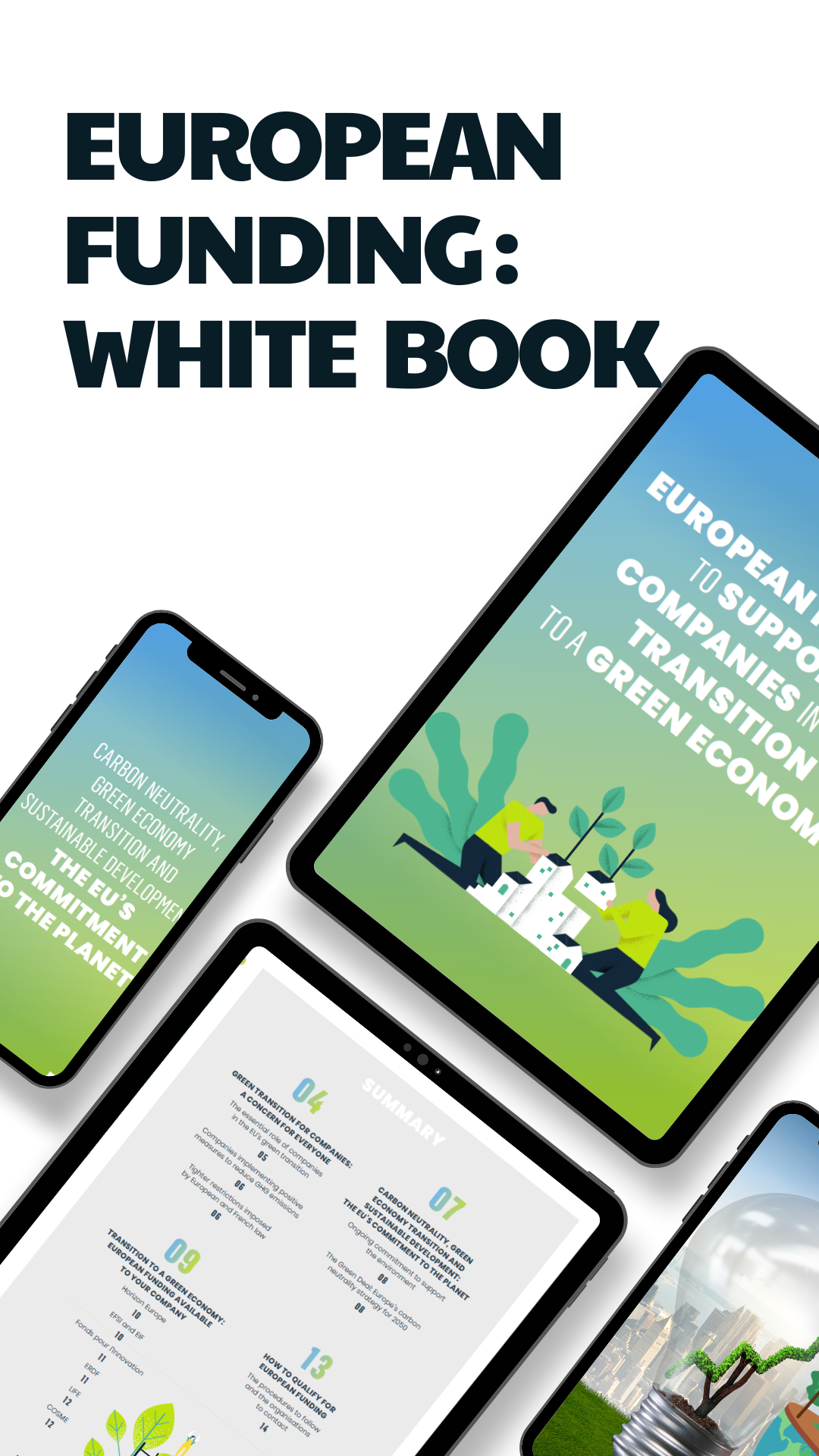The public debate about the French multi-annual energy programme (PPE) which has just terminated should contribute towards a revision of this PPE by the end of 2018 for the periods 2018-2023 and 2024-2028. It is worth remembering that reducing fossil energy consumption also involves renewable heat and recovery: biomass, direct geothermal energy and geothermal heat pumps, solar thermal energy, waste energy recovery, heating and cooling networks, etc.
The TECV* law sets a target of 32% renewable energy consumption in the energy mix by 2030. Today, these renewable energies – all uses combined: electricity, mobility, heating and cooling – represent 15.7% of national energy consumption. In this new mix, 38% of the heat consumed must come from renewable sources compared to 20.4% at the end of 2016 (i.e. 142,400 GWh out of 698,860). In other words, this will have to almost double in barely fifteen years. This is one of the challenges of the future PPE 2018 because, for the moment, the targets set by the PPE 2016 for 2023 are far from being met…
And yet, the potential is considerable, starting with the collective and industrial biomass sectors. In these areas, the solutions for recovering the biodegradable fraction of industrial, agricultural or agro-food wasteare increasingly more numerous and more precise.
Another promising sector is heating and cooling networks powered by renewable energy, where the future is looking bright. Indeed, the TECV law requires multiplying by five the quantities of renewable heat and recovery delivered by networks by 2030. It should be remembered that between 2005 and 2015, the distribution of fossil energies/renewable energies powering these networks increased from 75%/25% to 50%/50%.
Finally, energy recovery continues to be the subject of major technological innovations. This is demonstrated in particular by the increasingly sophisticated solutions used to recover unavoidable waste in industrial processes, data centres or waste water and the significant development of the biogas sector.
From bio-deconditioning to a digital marketplace for organic waste and an energy cell recovering unavoidable energy from factories, Pollutec 2018 will focus on numerous innovations in all areas associated with renewable heat and recovery.
*Law relative to the ecological transition for green growth, August 2015.




